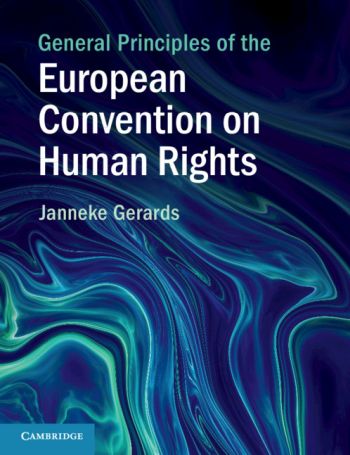
The European Convention of Human Rights is one of the world's most important and influential human rights documents. It owes its value mainly to the European Court of Human Rights, which applies the Convention rights in individual cases.
This book offers a clear insight in the concepts and principles that are key to understanding the European Convention and the Court's case-law. It explains how the Court generally approaches the many cases brought before it and which tools help it to decide on these cases, illustrated by numerous examples taken from the Court's judgements.
Core issues discussed are the types of Convention rights (such as absolute rights); the structure of the Court's Convention rights review; principles and methods of interpretation (such as common ground interpretation and the use of precedent); positive and negative obligations; vertical and horizontal effect; the margin of appreciation doctrine; and requirements for the restriction of Convention rights.